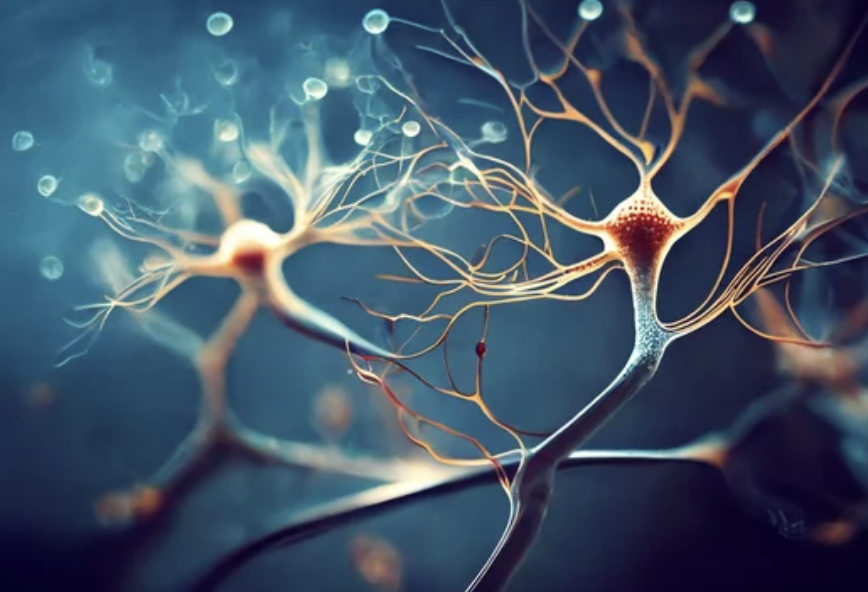A person’s quality of life can be substantially impacted by experiencing chronic pain, which can make even routine everyday tasks difficult. Fortunately, advances in medical technology have made it possible for creative approaches to chronic pain management and relief. Spinal cord stimulation (SCS) is one such ground-breaking medical procedure. The idea of spinal cord stimulation, its advantages, and how it might provide relief to patients with chronic pain disorders will all be covered in this blog post.
Understanding Spinal Cord Stimulation:
Spinal cord stimulation is a therapeutic technique that involves the use of a small device to deliver low-level electrical impulses to the spinal cord. The neurostimulator, which is surgically placed beneath the skin, blocks pain signals before they reach the brain by transmitting electrical signals. The electrical impulses relieve the patient’s discomfort by switching it out for a nicer tingling or massaging sensation.
Who Can Benefit from Spinal Cord Stimulation?
The majority of people who need spinal cord stimulation are those who have persistent pain that hasn’t improved with more traditional therapies like drugs, physical therapy, or injections. Failed back surgery, complex regional pain syndrome (CRPS), neuropathic pain, and other types of chronic pain that affect the limbs or trunk are among the disorders that are routinely treated with it.
The Benefits of Spinal Cord Stimulation:
- Reduced Pain: Many people have been shown to get significant pain alleviation through spinal cord stimulation. Electrical impulses can successfully lessen pain by interfering with pain signals, giving patients back control over their life.
- Enhanced Functionality: Chronic pain frequently makes it difficult for a person to carry out everyday tasks, which results in decreased functionality and a lower quality of life. By reducing pain, spinal cord stimulation can increase functionality and enable patients to participate in activities they might have previously had to forgo.
- Reduced Dependence on Drugs: Many people with chronic pain depend extensively on drugs to treat their symptoms, which can have a variety of adverse effects and even cause dependency. Spinal cord stimulation can help people manage their pain more holistically and sustainably by reducing the need for painkillers.
- Non-Destructive and Reversible: Unlike surgical procedures that permanently alter the anatomy, spinal cord stimulation is a reversible therapy. The neurostimulator can be adjusted, turned off, or removed if needed, providing flexibility in treatment options.
- Customized Therapy: Since every patient’s pain is different, spinal cord stimulation can be adjusted to suit each person’s requirements. A healthcare expert can change the device’s settings to target particular painful locations and maximize pain relief.
For people with persistent pain issues, spinal cord stimulation has become a ground-breaking therapy option. It has the potential to greatly improve the quality of life for patients who have tried all conventional forms of treatment by combating pain signals and bringing relief. In order to determine whether spinal cord stimulation might be a good option for you if you are dealing with chronic pain and are looking for an alternative treatment, speak with a qualified healthcare practitioner. Remember, the goal is to regain control over your life and find lasting relief from chronic pain.



